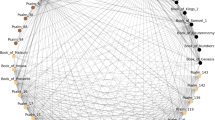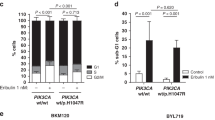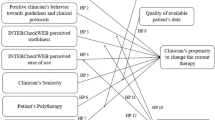Abstract
MANY recent authors of texts containing an account of the historical development of the numerical value of π write under the misapprehension that in the Old Testament its apparent value is 3. Concerning this value, Prof. E. T. Bell writes1: “This approximation to π is famous for its occurrence in the Old Testament”. Quoting 2 Chron. 4, 2, Prof. L. Hogben deduces2 “The ancient Hebrews were content with taking π as 3”. The late Prof. G. H. Hardy could scarcely have examined his two quotations, otherwise he would not have made the blunt observation3: “It is stated in the Bible that π = 3”. P. Ehibreil quotes4 1 Kings 7, 23, and contrasts the approximation with Shanks's value of π to 707 decimal places. Quoting 2 Chron. 4, 2, Prof. T. Dantzig comments5 that this description indicates that the Jews held that π is equal to three. Very recently, Archbold quotes6 Dubreil that the Bible gives the value of π as 3, thereby perpetuating the error in the minds of the next generation of students who read his text. These writers therefore fall into two classes, the first regarding π as actually given by 3, and the second regarding the measurements given as only approximate. Even some Biblical commentators have fallen into similar error; for example, Curtis and Madsen in their commentary7 on 2 Chron. 4, 2 suggest that the numbers are only approximations.
This is a preview of subscription content, access via your institution
Access options
Subscribe to this journal
Receive 51 print issues and online access
$199.00 per year
only $3.90 per issue
Buy this article
- Purchase on SpringerLink
- Instant access to full article PDF
Prices may be subject to local taxes which are calculated during checkout
Similar content being viewed by others
References
Bell, E. T., “The Development of Mathematics”, 40 (McGraw-Hill, New York, 1945).
Hogben, L., “Mathematics for the Million”, 251 (Allen and Unwin, London, 1940).
Hardy, G. H., “A Course of Pure Mathematics”, 70 (Cambridge, 1952).
Dubreil, P., “Les Grands Courants de la Pensée Mathématique”, edit. by le Lionnais, F., 99 (Cahiers du Sud, 1948).
Dantzig, T., “Number, the Language of Science”, 113 (Allen and Unwin, London, 1947).
Archbold, J. W., “Algebra”, 5 (Pitman, London, 1958).
Curtis, E. L., and Madsen, A. A., “The International Critical Commentary; The Books of Chronicles”, 331 (Clark, Edinburgh, 1910).
Smith, W., “A Dictionary of the Bible”, 3, 1172 (Murray, London, 1893).
Montgomery, J. A., and Gehman, H. S., “The International Critical Commentary; The Books of Kings”, 173 (Clark, Edinburgh, 1951).
Singer, I., “The Jewish Encyclopedia”, 3. 357 (Funk and Wagnalls, New York, 1925).
Author information
Authors and Affiliations
Rights and permissions
About this article
Cite this article
HEADING, J. The Value of π and the Old Testament. Nature 184, 78 (1959). https://doi.org/10.1038/184078a0
Issue date:
DOI: https://doi.org/10.1038/184078a0



